Keeping your curtains fresh and clean is an essential part of home maintenance that often goes overlooked. Unlike other household items, curtains accumulate dust, odors, and allergens over time, yet their cleaning needs vary drastically depending on the fabric type. Understanding how to care for different curtain materials can extend their lifespan and maintain their aesthetic appeal.
Cotton curtains are a popular choice due to their breathability and versatility. However, they tend to attract dust and may shrink if not washed properly. For routine maintenance, a gentle vacuum with an upholstery attachment can remove surface dirt. When it’s time for a deeper clean, most cotton curtains can be machine-washed in cold water on a delicate cycle. Avoid using harsh detergents or bleach, as these can weaken the fibers and cause fading. Instead, opt for mild, eco-friendly detergents. Line drying is preferable to prevent shrinkage, though a low-heat tumble dry can be used if necessary.
Linen curtains offer an elegant, natural look but require more careful handling. Linen is prone to wrinkling and can lose its shape if washed improperly. Dry cleaning is often recommended, especially for lined linen curtains. If you choose to wash them at home, use lukewarm water and a gentle detergent. Never wring out linen fabric—instead, press out excess water and hang them while damp to air dry. Ironing while slightly damp can help maintain their crisp appearance.
For those who love the luxurious drape of velvet curtains, be prepared for a more high-maintenance routine. Velvet’s dense pile traps dust and can easily crush if handled roughly. Regular light vacuuming with a brush attachment helps keep dust at bay. Spot cleaning with a damp cloth and mild soap is preferable for small stains. Most velvet curtains should be professionally dry-cleaned to preserve their texture and color. Avoid excessive moisture, as it can distort the fabric’s luxurious pile.
Silk curtains demand the gentlest care of all. This delicate fabric is sensitive to water, sunlight, and harsh chemicals. Dry cleaning is almost always the safest option for silk. If you must clean them at home, use cold water and a specialized silk detergent. Never rub or twist the fabric, and avoid direct sunlight when drying, as it can cause yellowing. Ironing should be done on the lowest setting with a protective cloth between the iron and fabric.
Synthetic fabrics like polyester or nylon are generally low-maintenance and durable. These curtains can often be machine-washed in cool water, making them a practical choice for busy households. However, they may develop static cling, so using a fabric softener during the wash can help. Since synthetic materials are prone to melting under high heat, always air-dry or use the lowest dryer setting. Ironing should be avoided unless absolutely necessary, and then only on a very low heat.
Blackout curtains present unique challenges due to their special lining. The coating that provides light blockage can deteriorate if washed too frequently or aggressively. Check the care label—some may be machine-washable on gentle cycles, while others require spot cleaning only. Use mild detergents and avoid bleach or fabric softeners, which can break down the lining’s effectiveness. Hang them to dry immediately after washing to prevent mildew and maintain their shape.
Sheer curtains, typically made from lightweight materials like voile or chiffon, require delicate handling. Their transparency means any dirt or damage is highly visible. Hand washing in cold water with a mild detergent is often best. Gently swish the fabric in water rather than scrubbing. After rinsing, avoid wringing—instead, roll them in a clean towel to remove excess water before hanging to dry. Ironing may be necessary on a low setting to restore their flowing appearance.
Regardless of material, all curtains benefit from regular dusting between deep cleanings. A monthly vacuum with the appropriate attachment can significantly reduce allergen buildup and keep fabrics looking fresh longer. Rotating curtains seasonally not only gives your space a refresh but allows for proper cleaning and airing out of each set.
Understanding these material-specific care techniques ensures your curtains remain beautiful and functional for years. While some fabrics demand professional attention, others can be easily maintained at home with the right approach. The key is respecting each material’s unique properties and cleaning requirements—your curtains will thank you with lasting elegance and performance.

By Thomas Roberts/Apr 25, 2025

By Daniel Scott/Apr 25, 2025

By Thomas Roberts/Apr 25, 2025
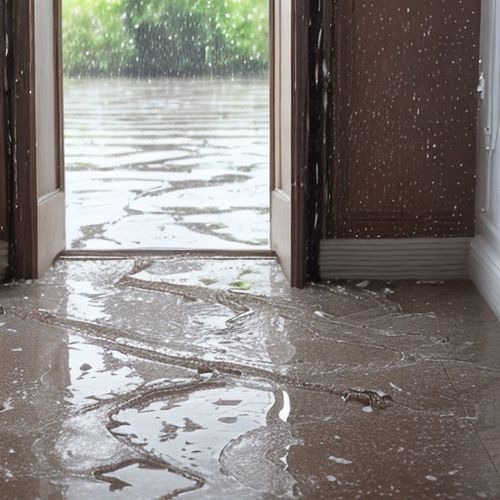
By Daniel Scott/Apr 25, 2025
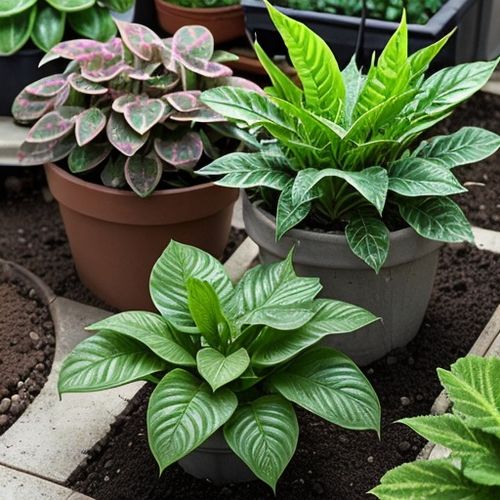
By Lily Simpson/Apr 25, 2025

By Megan Clark/Apr 25, 2025
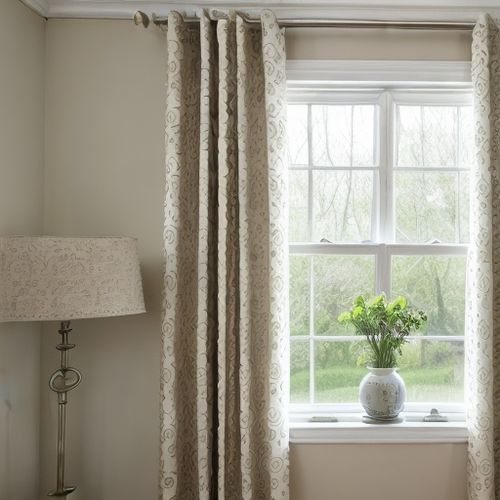
By Christopher Harris/Apr 25, 2025
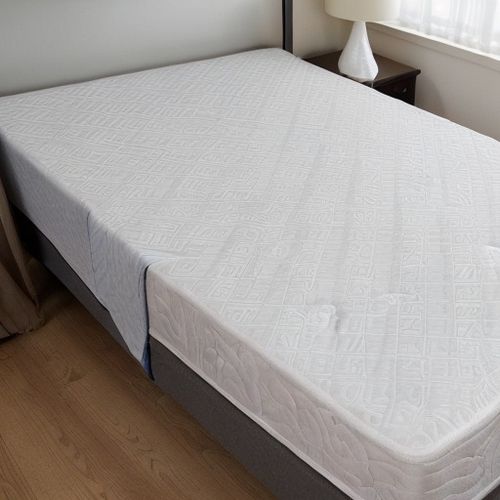
By Amanda Phillips/Apr 25, 2025

By John Smith/Apr 25, 2025

By Michael Brown/Apr 25, 2025

By Daniel Scott/Apr 25, 2025

By Olivia Reed/Apr 25, 2025

By Elizabeth Taylor/Apr 25, 2025

By James Moore/Apr 25, 2025

By John Smith/Apr 25, 2025

By William Miller/Apr 25, 2025

By Daniel Scott/Apr 25, 2025

By Emma Thompson/Apr 25, 2025

By James Moore/Apr 25, 2025
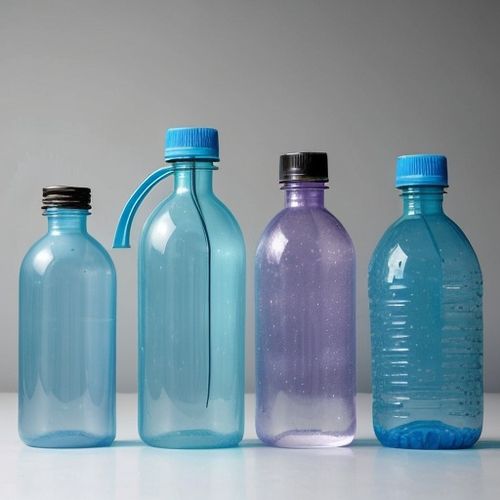
By Ryan Martin/Apr 25, 2025